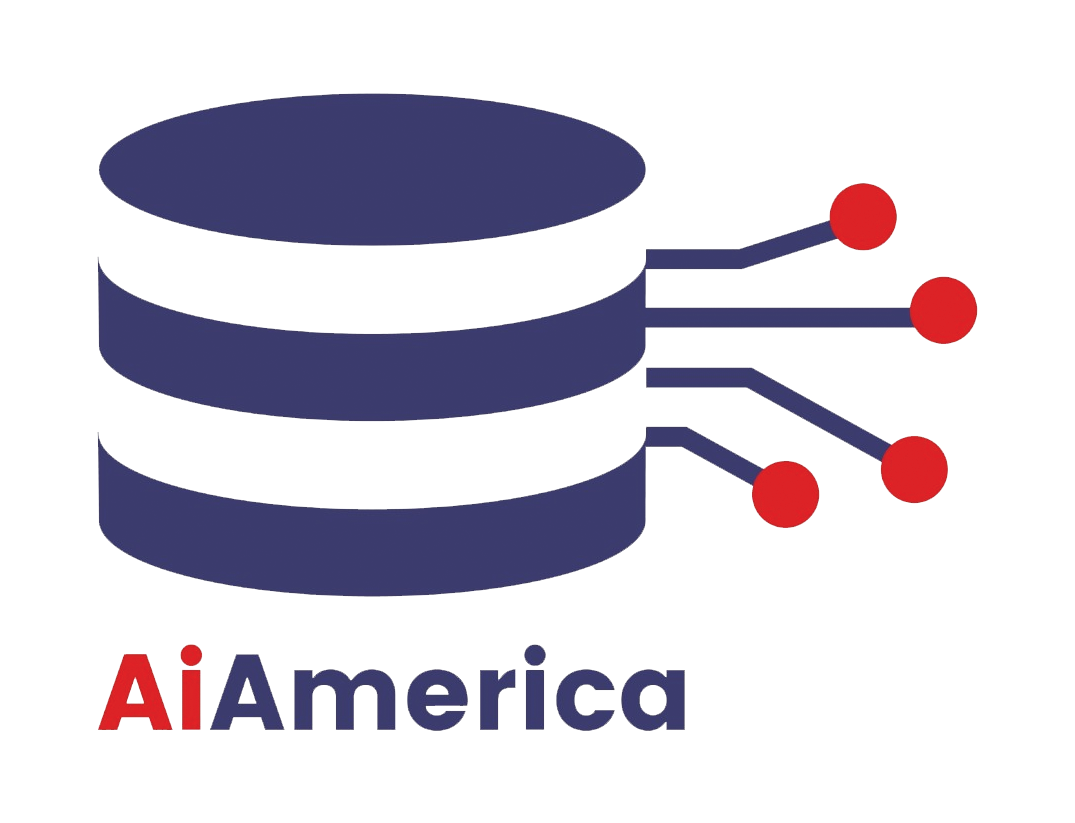
Close

In the vast sea of data, patterns often remain hidden until you know where to look. Clustering using unsupervised learning algorithms is the compass that guides us through this data wilderness. At AI America, we recognize the transformative potential of clustering in uncovering hidden insights and driving data-driven decision-making. In this blog post, we will embark on a journey through the world of clustering, exploring its significance and the impact of key unsupervised learning algorithms.
Clustering: A Gateway to Unseen Patterns
Clustering is the process of grouping similar data points together based on their inherent characteristics. Unlike supervised learning, where algorithms are trained on labeled data, unsupervised learning algorithms don’t rely on predefined categories. Instead, they identify hidden structures within the data itself.
The Key Players: K-Means, K-Mode, K-Medoid, DBSCAN, and Hierarchical
At AI America, we specialize in harnessing the power of various unsupervised learning algorithms:
K-Means: K-Means is one of the most popular clustering algorithms. It partitions data points into clusters, where each point belongs to the cluster with the nearest mean.
K-Mode: K-Mode is tailored for categorical data, making it ideal for clustering datasets with non-numeric attributes.
K-Medoid: K-Medoid, like K-Means, partitions data into clusters but selects data points as cluster representatives (medoids) to enhance robustness.
DBSCAN (Density-Based Spatial Clustering of Applications with Noise): DBSCAN identifies clusters based on data point density, making it effective for irregularly shaped clusters and noise detection.
Hierarchical Clustering: This approach builds a tree of clusters, enabling the visualization of data structures at different levels of granularity.
The Clustering Process: From Data to Insights
The clustering process involves several key steps:
Data Preparation: Data is collected and preprocessed to ensure quality and consistency.
Algorithm Selection: The appropriate clustering algorithm is chosen based on the data and the problem at hand.
Model Training: The selected algorithm partitions the data into clusters based on certain criteria.
Cluster Validation: Clusters are evaluated to ensure they meet the desired criteria, such as homogeneity and separation.
Interpretation: Once clusters are formed, data scientists interpret the results to extract meaningful insights.
Applications Across Industries
Clustering finds applications across diverse domains:
Customer Segmentation: Businesses use clustering to group customers based on behaviors and preferences for targeted marketing.
Anomaly Detection: Detecting unusual patterns in data, such as fraud detection or equipment malfunction.
Image Segmentation: In computer vision, clustering is used to segment images into meaningful regions.
Genomic Analysis: Clustering aids in grouping genes with similar functions or identifying disease-related patterns.
The AI America Advantage: Expertise Meets Algorithms
What sets AI America apart is not just our proficiency in applying clustering algorithms but our deep domain knowledge. Our team of data scientists and industry experts collaborates to create clustering solutions that drive meaningful results.
Conclusion: Unleashing Insights with Clustering
In the era of big data, clustering is the compass that guides us through the data wilderness, revealing hidden patterns and structures. At AI America, we are committed to helping organizations leverage the power of clustering to unlock insights, make informed decisions, and drive innovation. As we continue to innovate and refine our clustering techniques, we are confident that the world of data will continue to reveal its secrets, transforming industries and shaping the future.